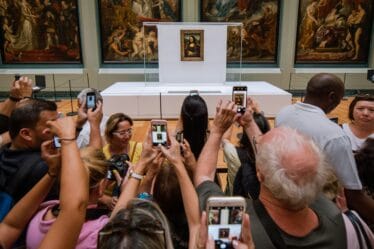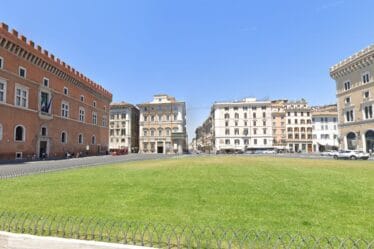

The Palazzo dei Diavoli (Palace of the Devils) is an ancient stone house located at number 30 on the street of the same name in Florence, near the Isolotto district. Known for its austere and Spartan appearance, this historic building has sparked superstitions and legends among local farmers, which led to its intriguing name.
According to local lore, the Palazzo dei Diavoli was once the residence of the famous Florentine painter Agnolo di Cosimo di Mariano, better known as Il Bronzino. However, this remains a rumor, as there is no historical evidence to confirm this claim.
Architectural History of Palazzo dei Diavoli
While its architectural history has not been deeply explored, the structural features and layout of its doors and windows suggest that the building was originally a 13th-century tower house built in sandstone. In the 14th century, additional structures were added to the original tower, creating the fortified appearance we see today.
From 1427 until the late 16th century, the Palazzo dei Diavoli belonged to the Florentine Alberti family. According to 19th-century cadastral records, the property later passed to the Franceschi family, who used it as a farmhouse with a vegetable garden and “working” land attached. It is likely that the building served as a secondary residence for these families, who owned lands in the outskirts and used the house for vacations and overseeing sharecroppers.
Legends and Superstitions Surrounding Palazzo dei Diavoli
The gloomy and fortress-like structure of Palazzo dei Diavoli has given rise to numerous legends and superstitions over the centuries. One popular legend claims that the building was a gathering place for witches or inhabited by dark, supernatural beings. Due to the absence of decorative elements, another story suggests that the palace was constructed hastily, leading to the belief that the devil himself completed the building overnight, demanding the owner’s soul as payment.
Theories Behind the Name “Palazzo dei Diavoli”
Several theories attempt to explain the origin of the name “Palazzo dei Diavoli”:
- Association with the Alberti Family: One theory suggests that the name is linked to the Alberti family, who owned the building until the late 16th century. The Alberti were known supporters of the Ghibellines, a faction often demonized as “devils” by their rivals, the Guelphs. This association may have contributed to the building’s sinister nickname.
- The Bifurcation Hypothesis: Another plausible explanation relates to the road leading to the palace. At its final stretch, the road splits into two paths, forcing travelers to choose a direction—much like a devil tempting someone to make a choice.
Conclusion
Today, the Palazzo dei Diavoli stands as a fascinating piece of Florence’s lesser-known history, with its mix of architectural intrigue and dark legends. Whether linked to witches, devils, or political allegiances, this mysterious building continues to captivate the imagination of those who visit.



